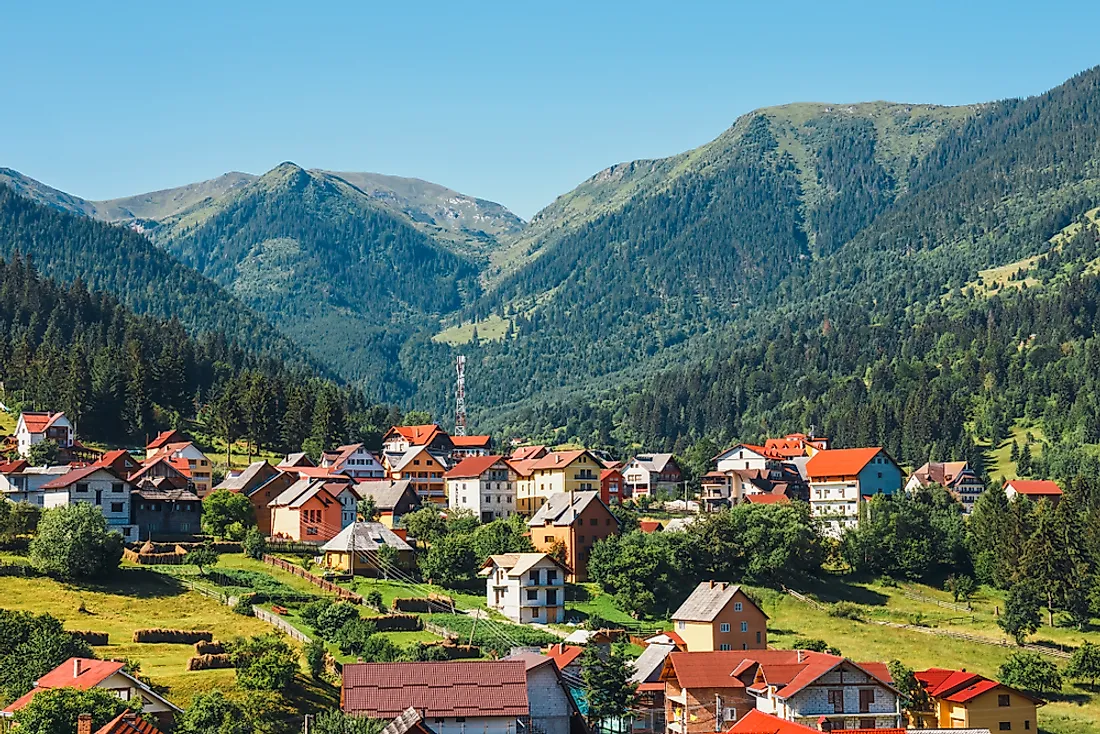Is Transylvania a Country?

Transylvania is an area that is situated within the borders of Romania and spans an area of approximately 39,704 square miles. Although it may have a name that evokes images of fairytales, Transylvania is, in fact, a real place. It is not a country but a region of Romania.
The term country is applied to only a few regions in the world because of the strict criteria that an area has to satisfy before earning the title. For a region to qualify, it must have the recognition of other countries as well as international organizations such as the UN. Transylvania is not considered as a country internationally as it fails to fulfill the fundamental requirement needed to attain the status. Transylvania is not a member of international organizations such as the UN because it does not satisfy the membership requirements.
Location
Transylvania is a region located within the borders of present-day Romania in the central part of the country. One of the most well-known features in the area is the Transylvanian Plateau which rises to a height of approximately 1,640 feet. The Transylvanian region is surrounded by mountains such as the Carpathian Mountains which are situated in the northern and eastern edges of Transylvania and the Bihor Mountains which are located on the western side of the territory. Transylvania is bordered by some regions such as Crisana and Maramures. Several of the areas were considered part of Transylvania's land at various points during its history.
Transylvania's History
During Transylvania's colorful history, some communities conquered the region with some well-known examples being the Kingdom of Dacia as well as the Huns and Slavs. Other notable people to conquer the territory include the Roman Empire which valued the region for its resources. The Romans exploited much of the resources in the area with the aim of improving the strength of the Empire. The Roman Empire relinquished its control of Transylvania in 271 AD which created a power vacuum in the region which many communities such as the Visigoths attempted to fill. The Hungarians took control of the region for a long time beginning in 1003 AD according to some historical sources. Transylvania fell under Ottoman control although during this period the area maintained its internal autonomy.
The Demographics Of Transylvania
According to estimates from 2011, Transylvania was home to approximately 6,789,250 individuals. Most of the people living in Transylvania were of Romanian descent as they accounted for slightly over 70% of the region's population. People of Hungarian origin also made up a significant portion of the community as they constituted close to 18% of the population. The Transylvanian culture draws on the region's rich history and has influences from some cultures such as the German and Hungarian cultures. The city of Cluj-Napoca has the honor of being the largest city in the Transylvanian region. The city is also the fourth largest by population in Romania as in 2011 it had an estimated population of about 324,576 people.
Famous Transylvanians
Some Transylvanians distinguished themselves in many fields such as Endre Ady who was a well-known poet of Hungarian origin. Vast numbers of people consider him the most prolific Hungarian poet of his generation. Other famous Transylvanian literary giants include Lucian Blaga and Janos Arany.











